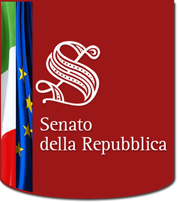Thematic Areas

Between 1990 and 2016, the stock of foreign direct investment globally increased from USD 2,254 billion to USD 26,160 billion. Many governments have adopted mechanisms to control the acquisition of strategic companies and the procurement of critical raw materials and industrial products. Also, the European Union has encouraged member States to strengthen their regulatory framework: already 25 out of 27 are doing so. What about Italy?
ERP is the policy-pillar of the European Union, both in terms of funds allocated (351 billion between 2014 and 2020) and objectives pursued (redistribution of wealth between regions and countries). Its effects in stimulating growth in lagging areas are, however, quite controversial. Not least because of the (little known) neighbourhood effect: why does being surrounded by poor regions affect the effectiveness of interventions? The case of Southern Europe (including Italian Mezzogiorno).
€352bn earmarked for the 2014-2020 period in order to stimulate growth make cohesion policy the veritable pillar of European integration. However, decades of growth policies were not able to smooth out economic and social imbalances: Italy now unenviably tops the EU-15 chart of countries with the lowest social development index and Southern Italy is the largest depressed region in Europe. What went wrong?
For Italy, an inverse-U shaped relationship is found with the maximum of the effectiveness around 70% and no effects below and above 50% and 80%, respectively. This approach is quite informative as allows the policy makers to tailor the policy according to the specific value of the ratio.





